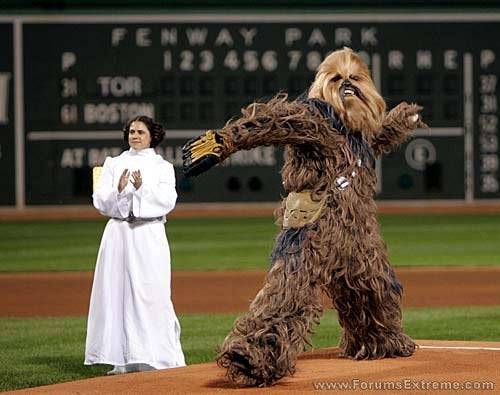 |
PBS has made a new documentary
on Ernest Hemingway which presents their
gender variance. (photo by Yousuf Karsh) |
Ernest Hemingway is know as one of the greatest writers of the 20th century. Hemingway is also known as one of the most macho male authors of the time. Yet, there is overwhelming evidence that the great author was some shade of transgender.
Before we start: I am using the term "transgender" in its most common meaning here, i.e. as an umbrella term for all kinds of gender variance.
We cannot know how Hemingway would have identified today, in a time that is a bit more forgiving towards queer and trans people than the world Hemingway lived in.
However, I will argue that given all the time they spent on trying to come to the bottom of their own gender variance, this was much more than a "fetish" (even if Hemingway, like most people, had their kinks). What we are facing here is a more fundamental nonbinary or transgender identity.
Given that I do not know how Hemingway would have presented today, I stick to gender neutral pronouns.
My main sources on Hemingway's transgender nature are Mary V.. Dearborn's book, Ernest Hemingway: A Biography, and Nancy R. Comley and Robert Scholes' Hemingway's Genders. (References below).
Fetish or identity?
Keep in mind that few of the authors who have looked into this side of Hemingway are transgender themselves, which often leads – as I see it – to some misinterpretations of Hemingway's gender.
For some the very presence of erotic crossdreaming or sexual role play, immediately leads to the term "sexual fetish". This is a term that is actively used to invalidate trans people.
Mind you, I am not saying that fetishes do not exist. Most, if not all, people have them. But it should be pretty obvious that a transgender identity is likely to express itself through sexual dreams and desires as well. Instead of using fetishes and sexual fantasies to dismiss transgender identities, we should use interpret them in a transgender and queer context.



